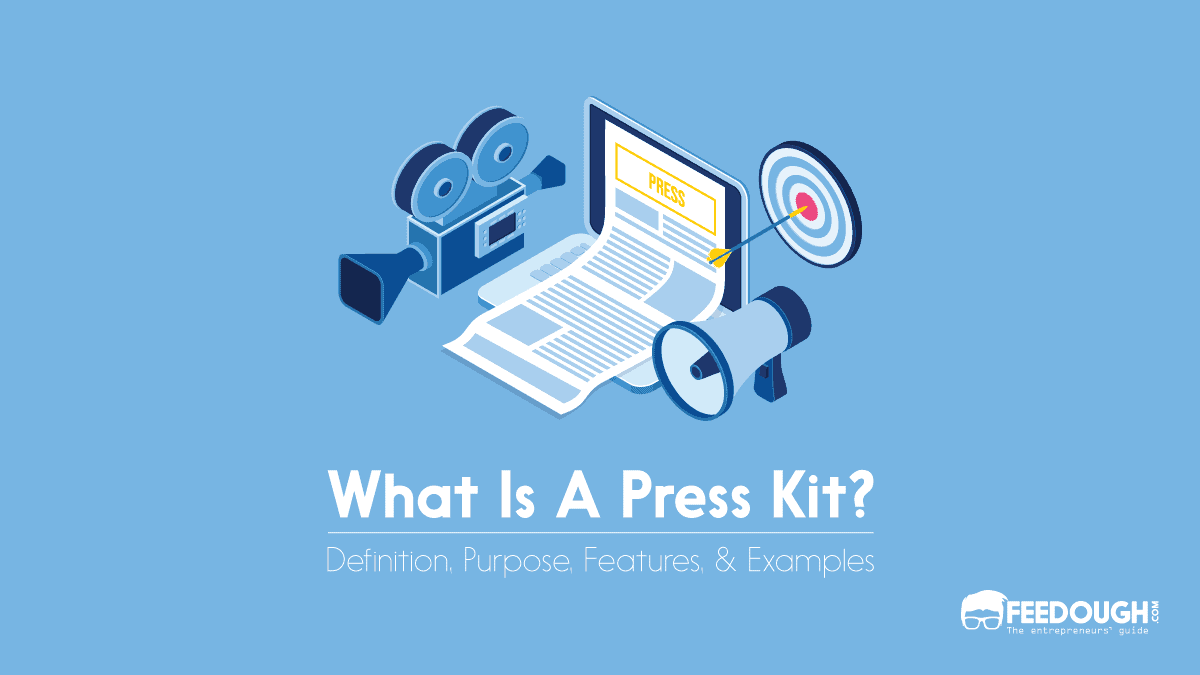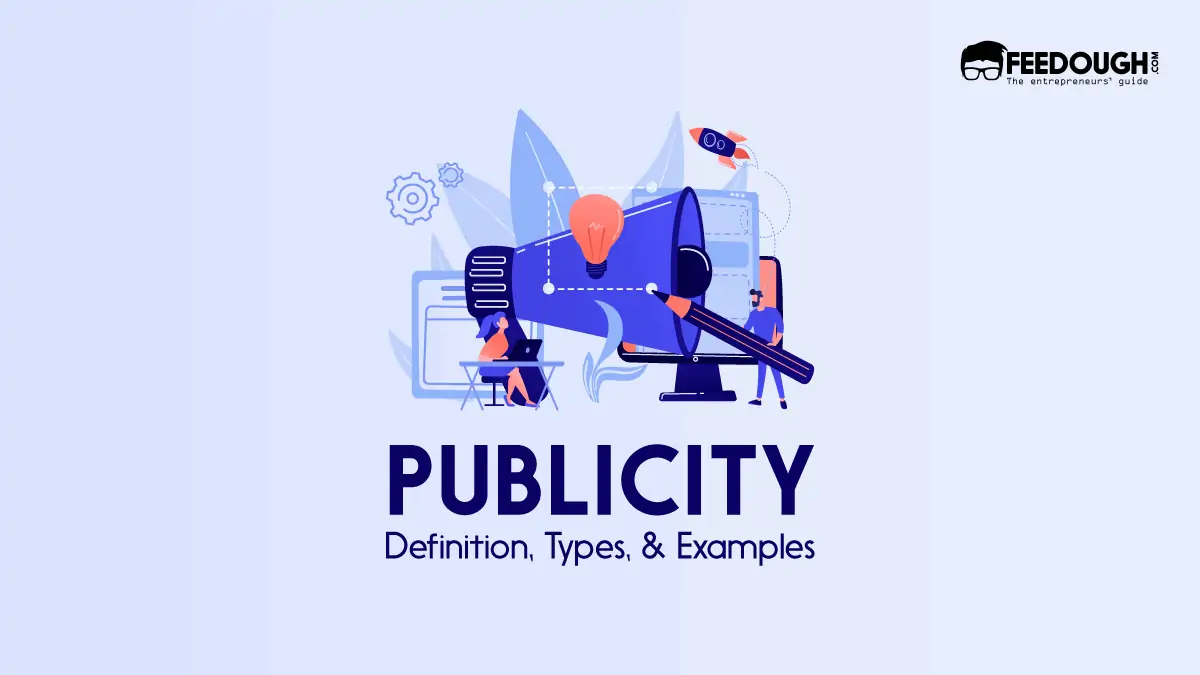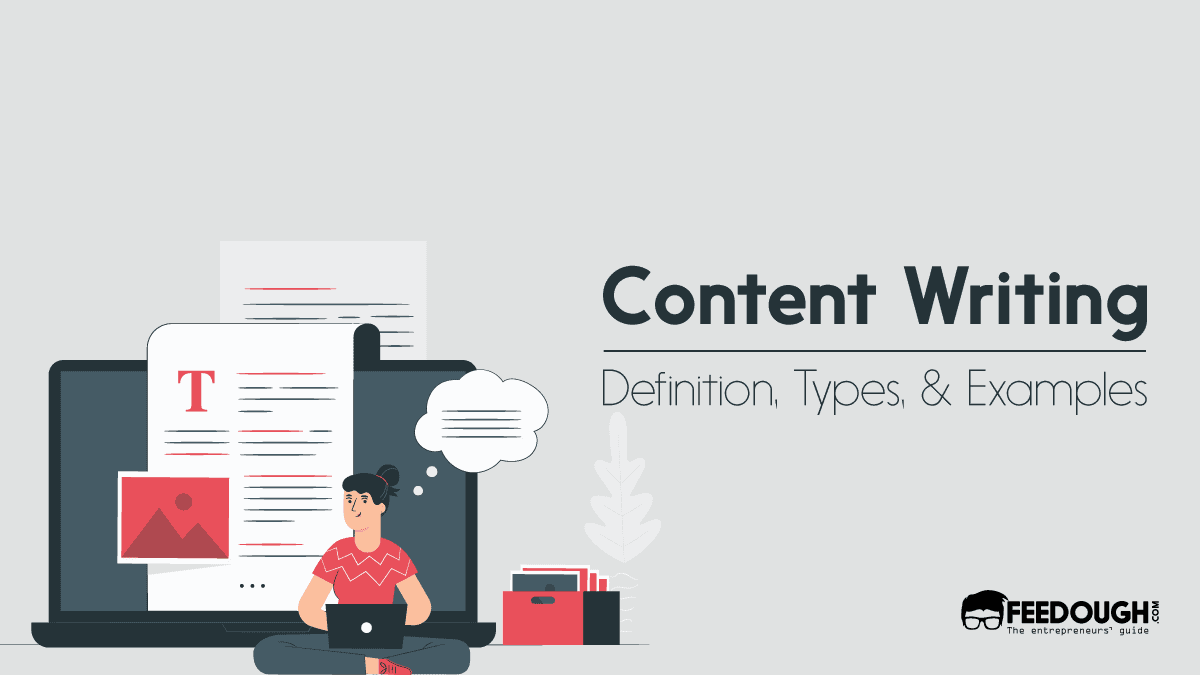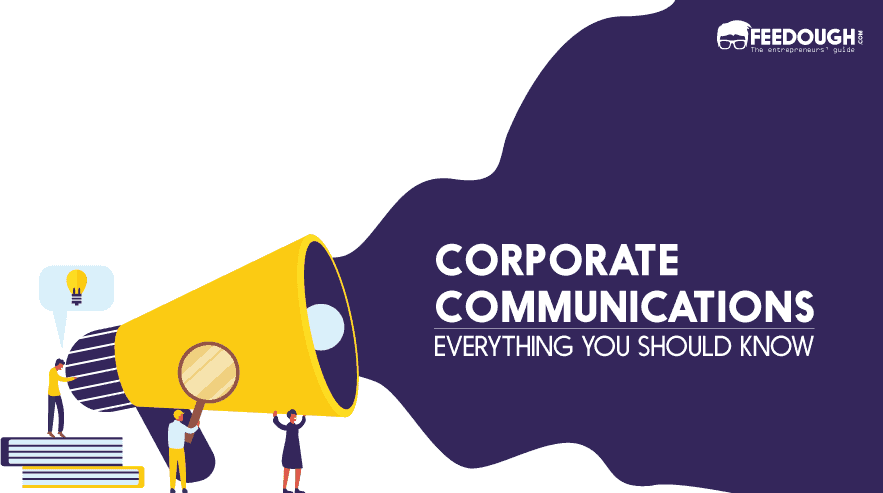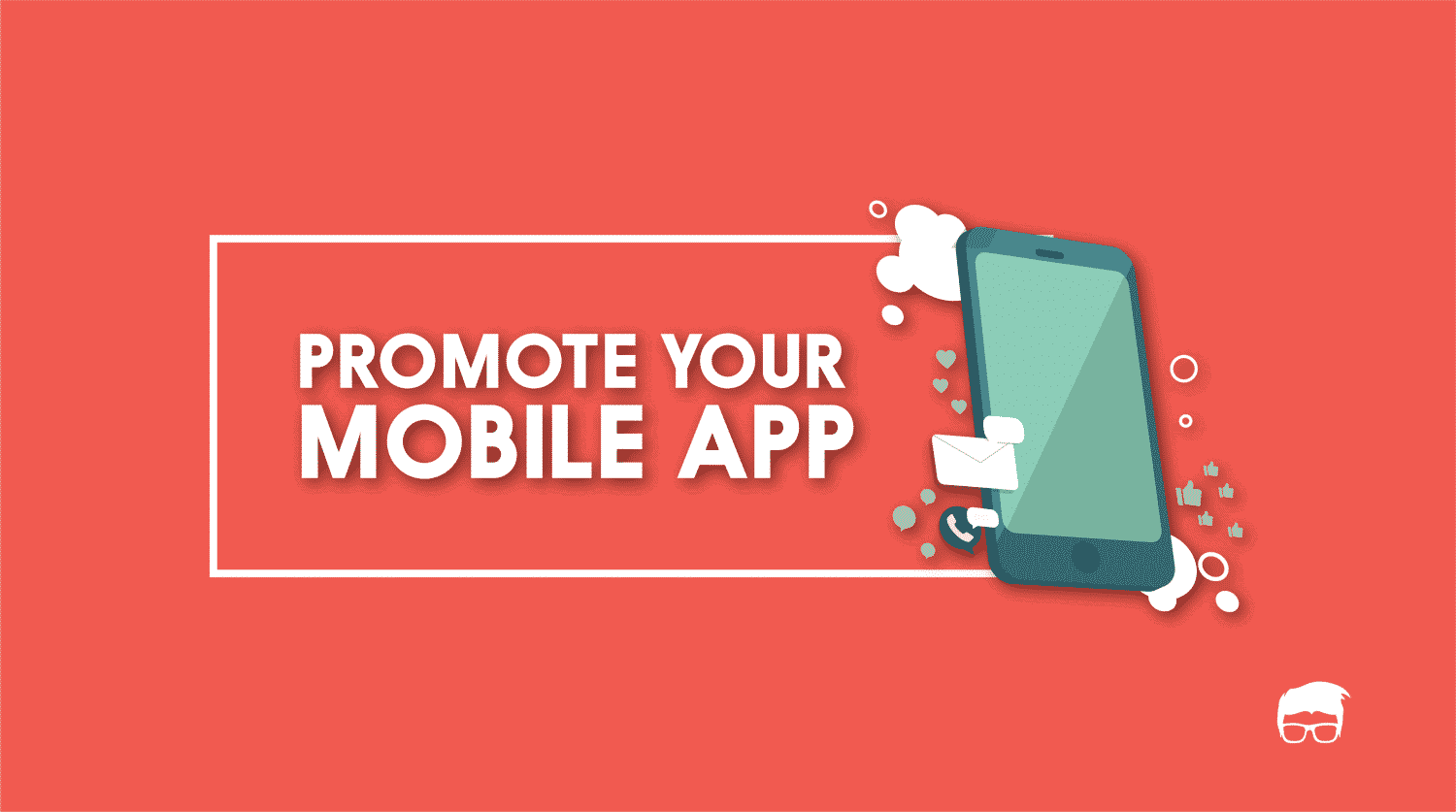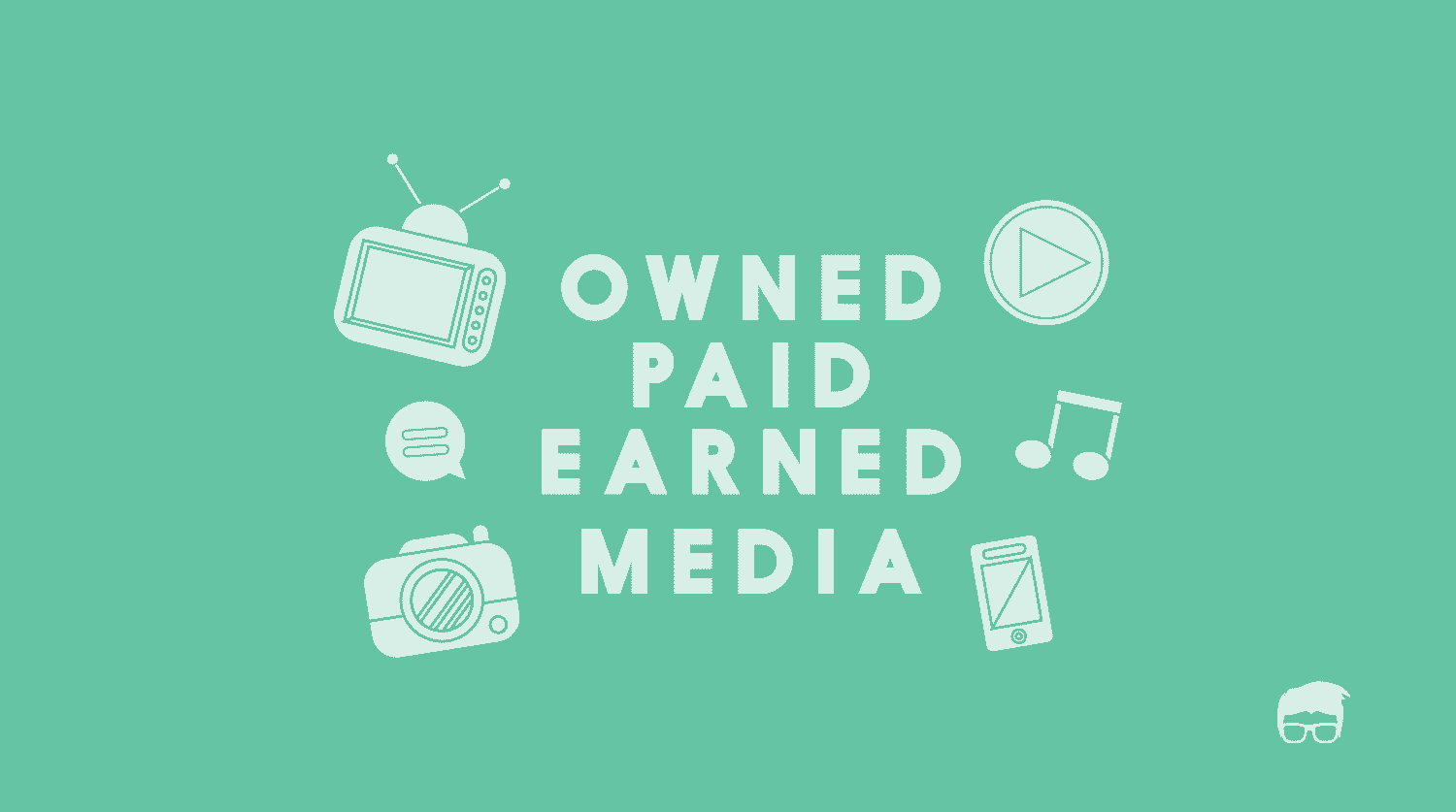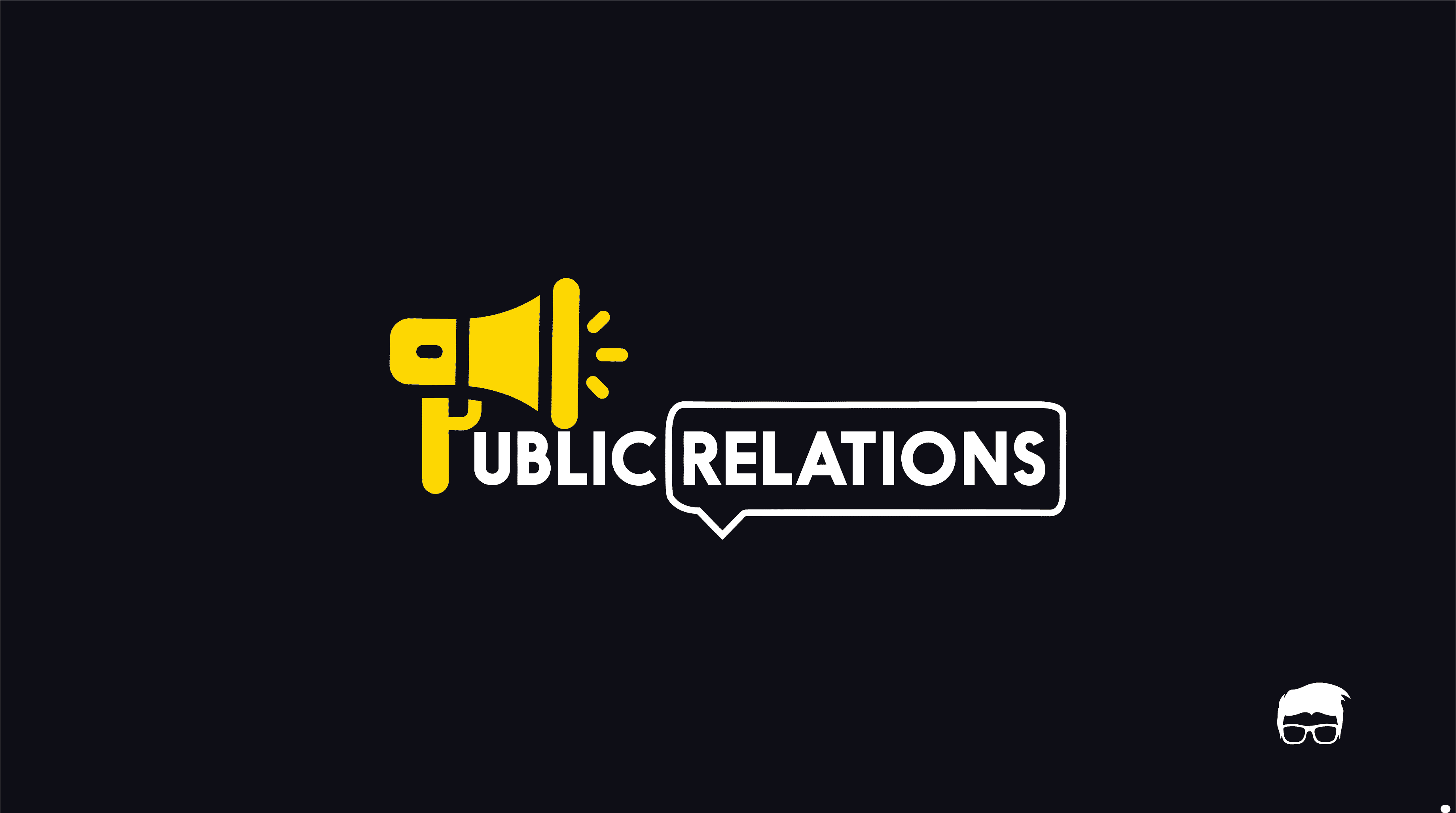Media coverage is one of the most effective tools in an organisation’s marketing arsenal. Whether promoting a new product or service, raising awareness for a cause, or sharing important company news, media coverage can help spread the word and reach key audiences.
But how do brands get media coverage? One common and effective method is through a press release.
What Is A Press Release?
A press release is a formal announcement made by a business sharing newsworthy information relating to its latest business development with the media and other interested parties with the aim to generate press coverage.
Simplifying this definition of press release gives four key phrases
- A formal announcement made by a business: A press release involves a formal and professional communication of business news. This is done by using a specified format that includes key details such as the dateline, header, and boilerplate.
- Sharing newsworthy information relating to business development: The news shared in a press release is newsworthy and interesting enough to catch media attention.
- Sending it to media and other interested parties: The press release is distributed to media and other interested parties who the business deems to be relevant to their announcement.
- Aiming to generate press coverage: The whole point of a press release is to generate media coverage that will help promote the business and its latest developments.
Also referred to as a media release, news release, and press statement, a press release is typically written by a company’s marketing or public relations team and sent to media outlets, such as newspapers, magazines, radio stations, television stations, and websites.
These press releases can be used to promote a wide range of news, including new product or service launches, company milestones, events, awards, official statements, and more.
When well-written and distributed to the right media outlets, a press release can help build buzz, generate leads, and even drive website traffic.
Reasons For A Press Release
Companies release press releases for a variety of reasons. The most common reasons are
- Product announcement: Whenever a company launches a new product, it will often release a press release to generate media coverage and help build buzz around the product.
- Company announcement: Details relating to restructuring, relocation, partnerships, financial news, and other company updates are shared through a press release.
- Event announcement: If a company is hosting, sponsoring, or attending an event, it may release a press release to generate interest and drive attendance.
- Initiative announcement: A company may release a press release to promote a new initiative or campaign. For example, a clothing brand may release a press release to promote its latest sustainable fashion collection. CSR initiatives are also often promoted through press releases.
- Award announcement: Winning an award is a great way to build credibility and generate positive media coverage. As such, companies will often release press releases when they win awards.
- Employee announcement: Hiring a new executive or announcing employee promotions are examples of news that may be shared through a press release.
- Research announcement: Often, companies will release press releases to share their latest research or study findings.
How Does A Press Release Work?
Journalists and media outlets are always on the lookout for new and interesting stories to share with their audiences.
Press releases help them find these stories by providing them with all the information they need in one place.
Here’s an example scenario of how press releases work:
- A company starts a CSR initiative and wants to generate media coverage to promote it.
- The company’s marketing team creates a press release about the initiative and distributes it to relevant media outlets.
- A journalist at one of these outlets reads the press release and decides it would make for an interesting story.
- The journalist contacts the company for more information and an interview.
- This journalist then writes an article about the company’s CSR initiative and publishes it on their website.
- The article helps raise awareness for the initiative and helps the company build its brand equity, all for free.
Importance Of A Press Release
In this age of digital marketing, press releases are still an important part of any public relations or marketing strategy. This is because it is one of the easiest and most cost-effective ways to generate media coverage.
- Engages Media: A press release is a great way to reach out to journalists and other media professionals. It helps a business get its story in front of the people who are most likely to write about it. Without a press release, a company would have to rely on its own network of contacts to get its story into the media.
- Builds relationships: A press release can also help businesses build and nurture relationships with journalists, bloggers, and other influencers. These relationships are important because they can help a business generate future media coverage.
- Gets the word out: A press release is an effective way to get the word out about a company’s products, services, or events. It can help a business generate interest and awareness among its target customers.
- Helps manage crisis effectively: In the event of a crisis, a press release can help a company control the story. A company can prevent negative media coverage from spinning out of control by getting its side of the story out there first.
Types Of Press Releases
Press releases can be innumerable. Any business development, event, product launch, new service, etc., that a company wants to communicate to its target audience can be done through a press release. However, some common types of press releases are used more often than others. These are:
- Event press release: An event press release is used to promote a newsworthy event a company is hosting, attending, or sponsoring. Such a press release aims to increase the awareness and footfall of the event and generate media coverage.
- Product launch press release: A product press release is used to promote a new product or service a company is launching. These are a good way to generate media coverage and build buzz around a new product.
- Business launch press release: A business launch press release promotes a new company or business venture. The aim of such a press release is to generate media coverage and interest among potential customers and investors by showcasing the team behind the project and what they offer to the public.
- Merger & acquisition press release: A company releases a merger & acquisition press release to announce a merger or acquisition. It’s an important release as it can significantly impact the company’s share price and image.
- Rebranding: A company releases a rebranding press release to announce a change in its name, logo, or brand identity. Such a press release aims to inform the public about the change and generate media coverage around the step it took.
- Financial results press release: A company releases a financial results press release to announce its quarterly or yearly financial results. It’s often required by the law, depending on the country the company is based in. The financial results press release aims to generate media coverage and interest among potential investors.
- New hire or expert hire press release: A company releases a new hire or expert hire press release to announce hiring a new employee or an expert in a particular field. This often results in the company being the talk of the town in the industry, and it might help them generate some good media coverage.
- Partnership release: A company releases a partnership press release to announce a new partnership or joint venture. Such a press release aims to inform the public about new interests and generate media coverage and interest among potential customers and employees.
- Awards press release: Awards releases are the company’s way of bragging about the awards and recognition they have received. The awards press release aims to establish the business as an authority in its industry and build brand equity.
Characteristics Of A Press Release
A press release is characterised by certain elements that make it newsworthy and attract media attention. Here are some of the key characteristics of a press release:
- Newsworthy: A press release is newsworthy, i.e., it is of interest to the media and its audience.
- Timeliness: A press release is timely, i.e., it is released at a time when it is relevant and is of interest to the media and its audience.
- Relevance: Relevancy means the press release is about something relevant to the media outlet’s audience. For example, sports content for a sports publication.
- Well-written: The press release is well-written and free of errors. It is clear, concise, and to the point, including relevant information.
- Right format: The press release follows the standard press release format and includes all the essential elements of a press release.
- Factually true: The press release is factually true and accurate. It is not misleading or contains false information.
What Is The Purpose Of A Press Release?
The objective of a press release is to generate media coverage and build buzz around a company, product, or event.
It’s an earned media tool that businesses use to create awareness, generate leads, or even drive sales without paying for it.
A press release is one of the most efficient and cost-effective ways to get a story published in numerable media outlets that sounds natural and more appealing to the target audience.
A press release can help the business achieve its marketing goals and earned media objectives when done right.
Elements & Format Of A Press Release
A press release traditionally contains the following seven elements:
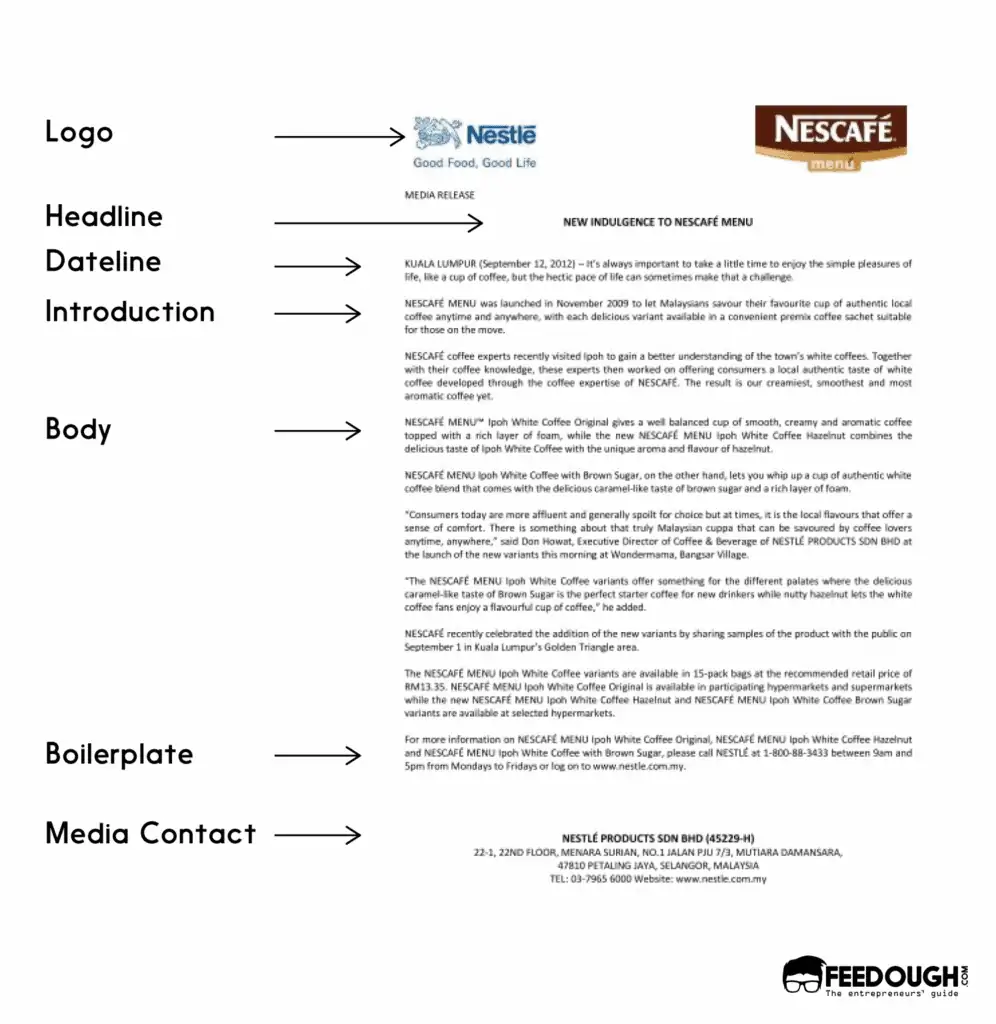
- Logo: The logo of the company issuing the press release. It signifies that the company is the source of information in the release. Usually, a business includes a 200×200 pixel version of its logo so that the journalists can easily insert it in their reports.
- Contact information: The name, email address, and phone number of the person who wrote the press release. This is so that media representatives can get in touch with them for more information.
- Release date and Dateline: The dateline contains the date when the press release should be published. It is typically placed at the top of the document, before the headline with an aim to indicate whether the business wants its press release to be published immediately or at a later date.
- Headline: A catchy headline that accurately reflects the content of the press release. It aims to grab the attention of media outlets and journalists in less than six words (65-to-80 characters). It’s a practice to use a 14 point size, bold font for the headline and keep it centred.
- Subheadline: A secondary headline that provides more information about the press release. It aims to elaborate on the headline without giving too much away. It is usually limited to 120 characters and is placed immediately below the headline.
- Place stamp and date: A press release’s body traditionally starts with a place stamp and date. The place stamp indicates the city where the press release originated from and the date indicates when the press release was issued. These are often highlighted by being bold or in all caps before the main body.
- Introduction: The introduction contains the most important information in the press release. It answers the who, what, where, when, and why of the story. This paragraph often sticks to the facts, is single-spaced, and uses a regular 12-point Arial or Times New Roman Font.
- Body: Body paragraphs provide additional details about the story. They typically contain quotes from company representatives, data, and statistics within 300 to 400 words long, and follow the AP style guidelines.
- Boilerplate: The boilerplate is a short paragraph that contains information about the company, such as its history, mission statement, and contact details. It is placed at the end of the press release so that media outlets can easily find it.
- Media Contact: The media contact, also called the end notation, is a person at the company who is responsible for fielding media inquiries. This information is typically included at the end of the press release after the boilerplate.
A press release often also includes a call to action, such as inviting media outlets and journalists to attend an event or visit a website.
Press Release Examples
Press releases come in all shapes and sizes, but there are some common elements that all press releases share.
Here are some examples of press releases:
Blackberry Partnership With Baidu
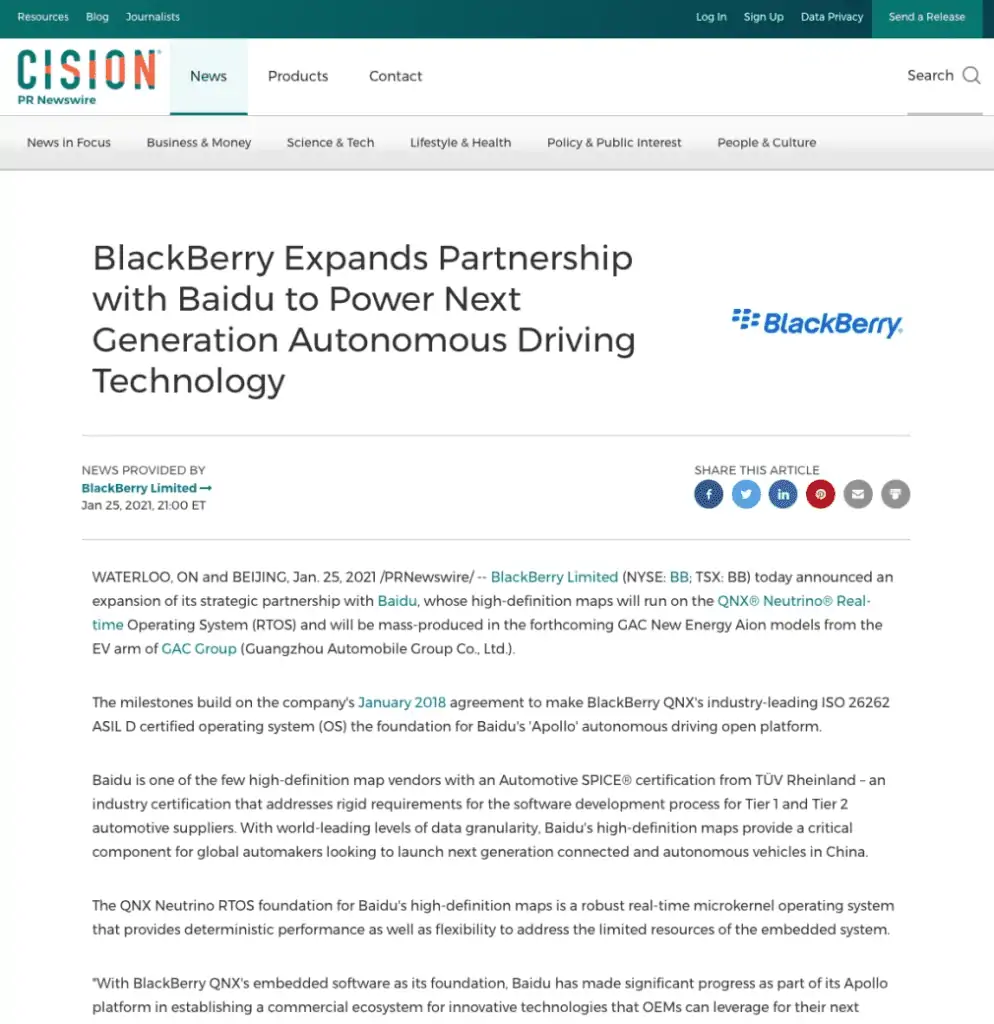
A perfect partnership release where Blackberry partners with Baidu, China’s largest search engine company. The release covers all the key points such as what the partnership will entail, quotes from both parties, and how it will benefit consumers.
Airbnb Financial Release

Airbnb has a defined portal where it publishes its press releases. This release outlines its financials for the year 2021 to comply with the law pertaining to public companies.
The release has all the key information, such as where one can find the financials, how to get access, etc.
General Motors Partnership Press Release
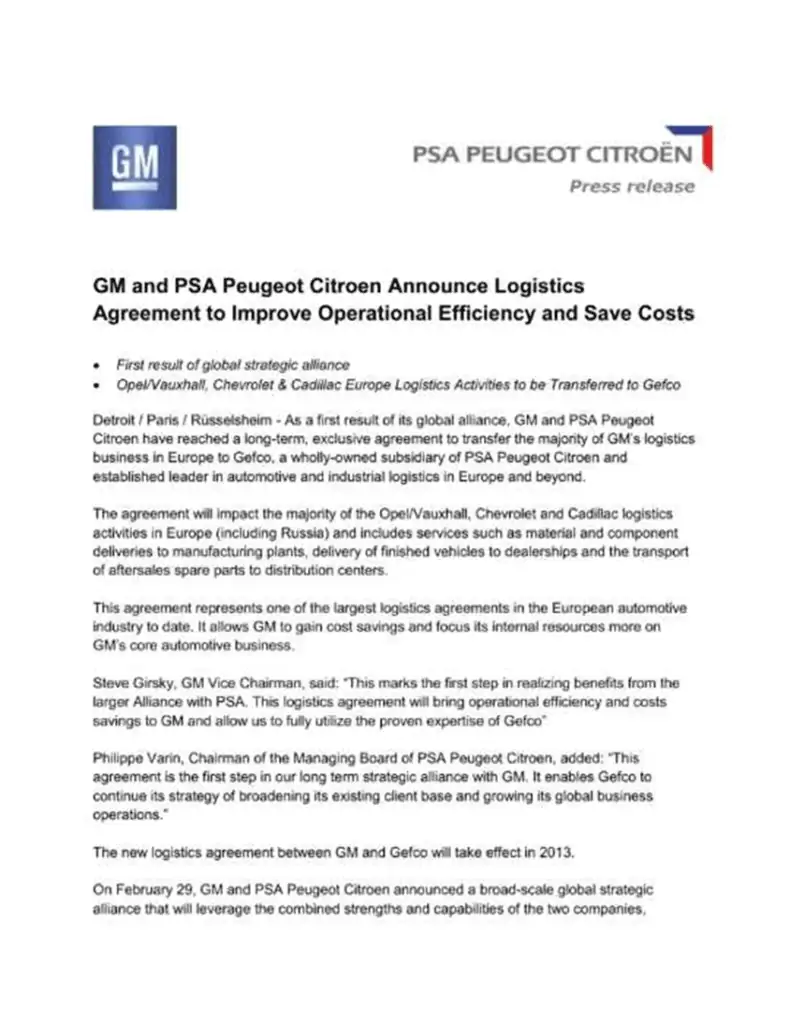
General Motors is a renowned car manufacturing company. This press release talks about its partnership agreement with PSA Peugeot Citroen along with the prospective benefits of such a partnership.
Go On, Tell Us What You Think!
Did we miss something? Come on! Tell us what you think about our article in the comments section.
A startup consultant, digital marketer, traveller, and philomath. Aashish has worked with over 20 startups and successfully helped them ideate, raise money, and succeed. When not working, he can be found hiking, camping, and stargazing.

